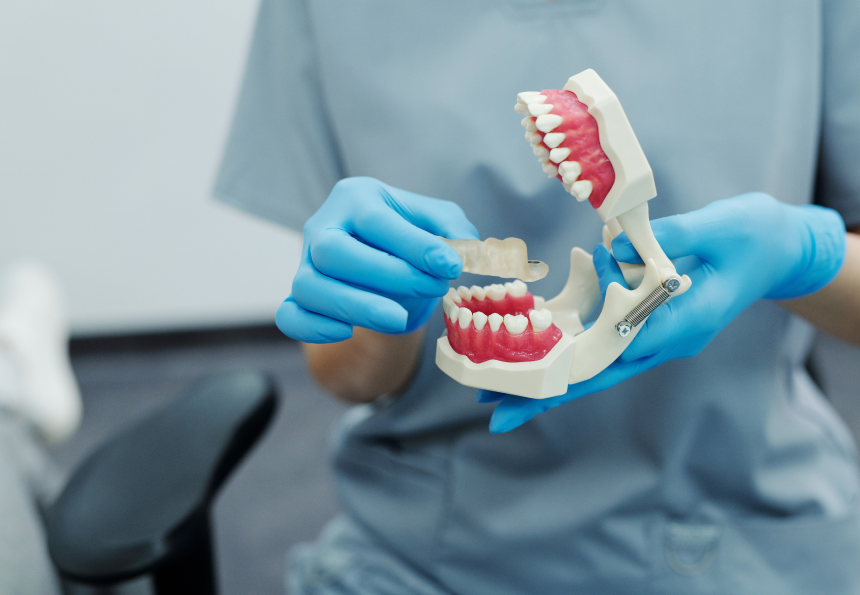The Ultimate Guide to Porcelain Veneers Washington DC: Boost Your Confidence
Common Questions Concerning Oral Veneers Answered
Oral veneers have ended up being a progressively popular choice for those looking to enhance their smiles, yet many people stay unsure about different facets of their use. As we discover these typical queries, it comes to be important to take into consideration not only the advantages however additionally the effects of opting for oral veneers in pursuit of an extra positive look.
What Are Dental Veneers?
Dental veneers are slim, customized coverings crafted from porcelain or composite resin that are created to cover the front surface of teeth. These oral prosthetics serve both aesthetic and functional purposes, giving a solution for different oral flaws, including staining, chips, spaces, and imbalance. By adhering to the teeth, veneers can dramatically enhance the total appearance of a smile, developing a much more eye-catching and uniform appearance.
Porcelain veneers are particularly preferred for their all-natural clarity and tarnish resistance, making them a perfect choice for individuals looking for long-lasting results. In comparison, composite resin veneers are normally cheaper and can be used in a solitary browse through, yet they might not supply the same durability as porcelain alternatives.
The choice to choose dental veneers commonly originates from a need for aesthetic renovation, however patients should additionally take into consideration variables such as the longevity of the material, maintenance demands, and the possible demand for tooth decrease (Dental Veneers). Ultimately, dental veneers represent a versatile and efficient solution for attaining a radiant smile, providing to private aesthetic requirements while advertising self-confidence and self-worth
Exactly How Are Veneers Applied?
The application procedure for veneers needs mindful preparation and accuracy to make sure optimal outcomes. The procedure commonly starts with a detailed consultation, where the dentist evaluates the individual's oral wellness, reviews wanted end results, and determines the appropriate type of veneers, whether porcelain or composite material.
When the therapy plan is developed, the dental professional prepares the teeth by removing a thin layer of enamel, generally concerning 0.5 mm to 1 mm, to accommodate the veneer. This step is essential as it ensures a correct fit and prevents the veneers from appearing cumbersome - Dental Veneers. After preparation, impressions of the teeth are required to create custom-made veneers that match the client's distinct oral structure and visual preferences
While the long-term veneers are being produced in an oral laboratory, short-term veneers might be placed to shield the prepared teeth. As soon as the irreversible veneers prepare, the dental expert will very carefully bond them to the teeth utilizing a solid dental adhesive. Last adjustments are made to guarantee proper alignment and bite, followed by polishing for an all-natural look. The procedure finishes in a follow-up visit to monitor the veneers' fit and the individual's fulfillment with their brand-new smile.
What Are the Conveniences?

Additionally, veneers are understood for their longevity and resistance to staining contrasted to all-natural teeth. Made from high-quality materials such as porcelain or composite material, they can maintain their look for several years with proper care. This long life makes them a useful financial investment in one's oral appearance.
In enhancement to aesthetic renovations, veneers can also contribute to enhanced dental health. By covering damaged or deteriorated teeth, they can offer added support and defense, aiding to stop further degeneration or wear and tear. This protective element can lower the requirement for extra extensive dental treatments in the future.

For How Long Do They Last?
With appropriate treatment and upkeep, dental veneers can last anywhere from 10 to 15 years, making them a durable service for improving one's smile. The longevity of veneers mostly depends on the product made use of, the quality of the first placement, and the patient's adherence to dental health methods.
Porcelain veneers are recognized for their sturdiness and resistance to discoloration, typically lasting closer to the 15-year mark when looked after suitably. Composite veneers, while extra budget-friendly, might call for replacement earlier, his comment is here frequently within 5 to ten years because of their vulnerability to use and discoloration.

Additionally, wearing a mouthguard during sporting activities or nighttime can give added protection. Eventually, while veneers provide a substantial aesthetic improvement, their long life is dramatically affected by the dedication to appropriate dental treatment and normal assessments with a dental specialist.
Are There Any Kind Of Threats?
Taking into consideration the transformative effects of dental veneers, it is very important to recognize the prospective risks linked with their application. While veneers can enhance the look of teeth, the procedure includes the removal of a slim layer of enamel, which can enhance tooth sensitivity and vulnerability to degeneration.
One significant risk is the possibility of incorrect placement or suitable, resulting in pain, bite misalignment, or even damages to the underlying tooth structure. In addition, if the veneers are not preserved effectively, they can become stained or cracked with time, necessitating substitute.
People might also experience allergies to the materials utilized in the veneers, particularly if they have level of sensitivities to specific dental compounds. While veneers are sturdy, they are not unbreakable; too much force from clenching or grinding can lead to cracks.
It is essential for clients to speak with a certified oral professional to examine their private risks and to adhere to aftercare instructions carefully. By comprehending these risks, clients can make educated choices concerning sites their dental veneer therapy and make sure the longevity and success of their enhancements.
Final Thought
In summary, dental veneers represent a valuable cosmetic option for enhancing smiles, with considerations regarding their application, benefits, longevity, and connected threats. Their efficiency is influenced by variables such as the choice of product, with porcelain offering exceptional sturdiness contrasted to composite options. Correct care and upkeep are important to take full advantage of the life-span of veneers. Ultimately, notified decision-making pertaining to dental veneers can result in acceptable aesthetic end results Continue and enhanced dental health.
Dental veneers are thin, personalized coverings crafted from porcelain or composite resin that are made to cover the front surface area of teeth. After preparation, impressions of the teeth are taken to create custom-made veneers that match the individual's special oral framework and aesthetic choices.
While the long-term veneers are being made in a dental lab, short-term veneers may be positioned to protect the ready teeth. Once the permanent veneers are prepared, the dental expert will very carefully bond them to the teeth using a solid dental adhesive. Eventually, informed decision-making pertaining to oral veneers can lead to adequate visual outcomes and improved dental health and wellness.